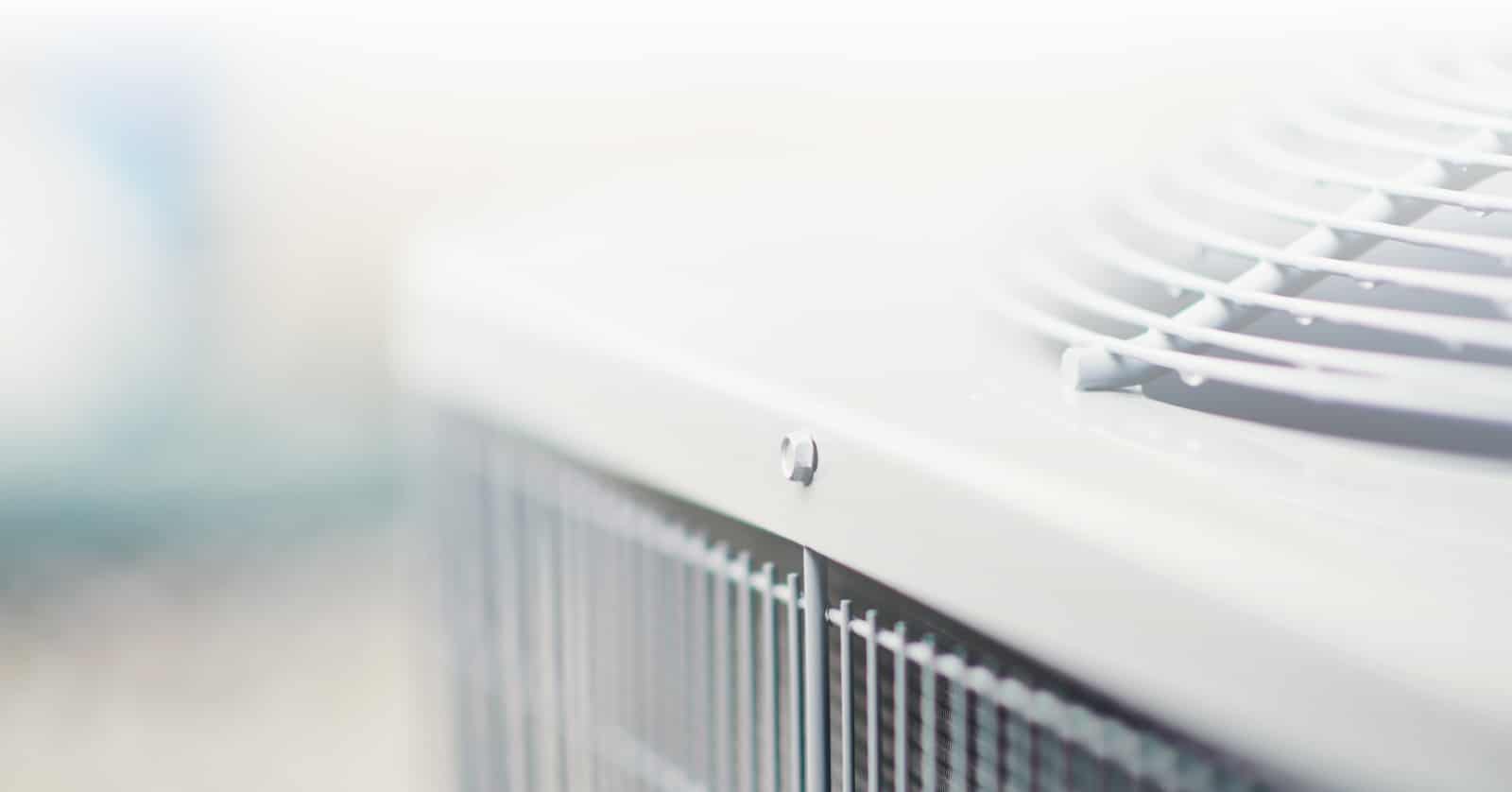Living in Oklahoma City, OK, we understand the importance of a reliable furnace, especially during the chilly months. Your furnace plays a vital role in keeping your home warm and cozy, making regular servicing a crucial aspect of its maintenance. But how often should you service your furnace? The answer is more complex than you might think. Several factors come into play when determining the frequency of furnace servicing. Below are some of the main ones to consider.
1. The Age of Your Furnace
Older furnaces, typically those over 10 to 15 years old, require more frequent maintenance. As furnaces age, components can wear out, connections can become loose, and efficiency may decrease. Regular servicing helps catch these issues before they escalate into costly repairs.
Conversely, newer furnaces are designed with improved technology and components that require less frequent servicing. To ensure the optimal performance of your furnace, consider having it professionally inspected at least once a year.
2. Frequency of Usage
In colder climates like ours in Oklahoma City, where the furnace runs for a more extended period during the winter, it’s advisable to have it serviced more frequently. The constant usage strains the system, making it more susceptible to wear and tear.
3. Air Quality and Filtration
The quality of air in your home has a direct impact on your furnace’s performance and longevity. Furnace filters are crucial in trapping dust, debris, and pollutants, preventing them from entering the system. Over time, these filters can become clogged, restricting airflow and causing your furnace to work harder. This strain not only reduces efficiency but can also lead to premature breakdowns and more expensive repairs.
Depending on your filter type ranging from standard fiberglass to high-efficiency HEPA filters your servicing schedule may vary. However, a general rule of thumb is to inspect and potentially replace filters every three months.
4. Safety First: Carbon Monoxide Concerns
Furnaces that burn fuel such as gas or oil can produce carbon monoxide, a colorless, odorless gas that can be lethal in high concentrations. Regular maintenance from a professional includes checking for carbon monoxide leaks and ensuring your furnace’s combustion system functions correctly. This safety aspect alone should be enough to prompt you to schedule regular professional checkups, preferably before the start of each heating season.
5. Manufacturer’s Recommendations
Manufacturers provide guidelines for the recommended servicing schedule for their furnace models. These recommendations are based on the furnace’s design, components, and intended usage. While they serve as a valuable starting point, remember that your unique circumstances might warrant adjustments to the suggested schedule.
If your furnace is still under warranty, adhering to the manufacturer’s recommendations for servicing can also help maintain the warranty’s validity.
6. Sizing and Efficiency Matters
An oversized furnace can cycle on and off more frequently, leading to increased wear and tear on components. Conversely, an undersized furnace might have to work harder to heat your home, straining its parts. Additionally, a furnace’s efficiency affects its maintenance needs. High-efficiency furnaces tend to have more intricate components, requiring frequent checkups to ensure optimal operation.
7. Humidity Control
If your home’s humidity is consistently too high or too low, it can affect various components of your furnace, including electrical connections and the heat exchanger. Excess moisture can lead to corrosion while low humidity can cause static electricity and potential damage.
Monitoring and controlling your home’s humidity levels through proper ventilation and using humidifiers or dehumidifiers can indirectly extend your furnace’s life span and save you unnecessary maintenance costs.
8. Fuel Source and Combustion System
Gas and oil furnaces have different combustion processes, each with unique maintenance requirements. For instance, a gas furnace might need periodic burner adjustments to ensure efficient combustion. On the other hand, an oil furnace requires regular cleaning of its burners and nozzles to prevent soot buildup. Understanding the intricacies of your furnace’s fuel source and combustion system can guide you in scheduling appropriate servicing sessions.
9. Smart Thermostat Integration
Integrating smart thermostats into modern homes has transformed how we interact with our HVAC systems. Smart thermostats can learn your heating patterns, adapt to your schedule, and even provide energy consumption insights. Some smart thermostats also come with maintenance reminders, alerting you when it’s time for a service. Leveraging these features can help you stay on top of your furnace’s maintenance needs more effectively, ensuring timely attention.
10. Zoning and Usage Zones
If your home has zoning systems where different areas are heated independently, it’s essential to consider these zones when determining your furnace’s servicing schedule. Some zones might experience more usage than others, causing imbalances in wear and tear. By adjusting your maintenance plan to focus more on high-usage zones, you can ensure that your furnace meets the demands of each area efficiently.
11. Fuel Quality and Storage
If you’re using oil, for instance, the quality and cleanliness of the oil can affect combustion efficiency. Having a professional regularly check and maintain your fuel storage tank can help prevent clogs, reduce soot buildup, and ensure smooth operation. For gas furnaces, ensuring a steady supply of clean and well-regulated gas is essential for optimal combustion and furnace health.
12. Energy Source Shifts
If you’re considering transitioning to a different energy source for your home heating, it’s crucial to factor this into your furnace servicing schedule. For instance, switching from oil to natural gas or vice versa can affect your furnace’s components and maintenance needs.
Each energy source burns differently, affecting combustion processes and wear patterns. Consulting with professionals and adjusting your maintenance plan can ensure a smooth transition and the longevity of your furnace.
13. Regular System Upgrades
As technology advances, new features and components become available that can enhance your furnace’s performance and longevity. Upgrading your furnace with features like variable-speed blowers, smart thermostats, or advanced filtration systems can improve efficiency and reduce strain on the system.
Consulting with professionals about upgrading your furnace with the latest technologies can be a proactive step toward ensuring your home remains comfortable and your furnace operates optimally.
Signs Your Furnace Needs Maintenance
Keep an eye out for these signs that indicate your furnace needs professional attention:
- Unusual operation noises
- Uneven heating distribution
- Frequent cycling on/off
- Unexpected energy bill increases
- Yellow pilot light flickering
- More dust and dryness inside
- Lingering, unusual odors
- Age-related inefficiency is evident
The Bottom Line
Your furnace is crucial for your home’s comfort, and proper maintenance is critical for its operation. By considering the above factors, you can determine how often the unit needs to be serviced.
For furnace maintenance or any other home-related service, we are here to help. Our company offers various services to ensure your home’s comfort, efficiency, and safety. From air conditioning repair to duct cleaning and plumbing, we have you covered. Contact All Tech Heat & Air today for more information about how we can assist you in maintaining a comfortable and worry-free home environment in Oklahoma City.




